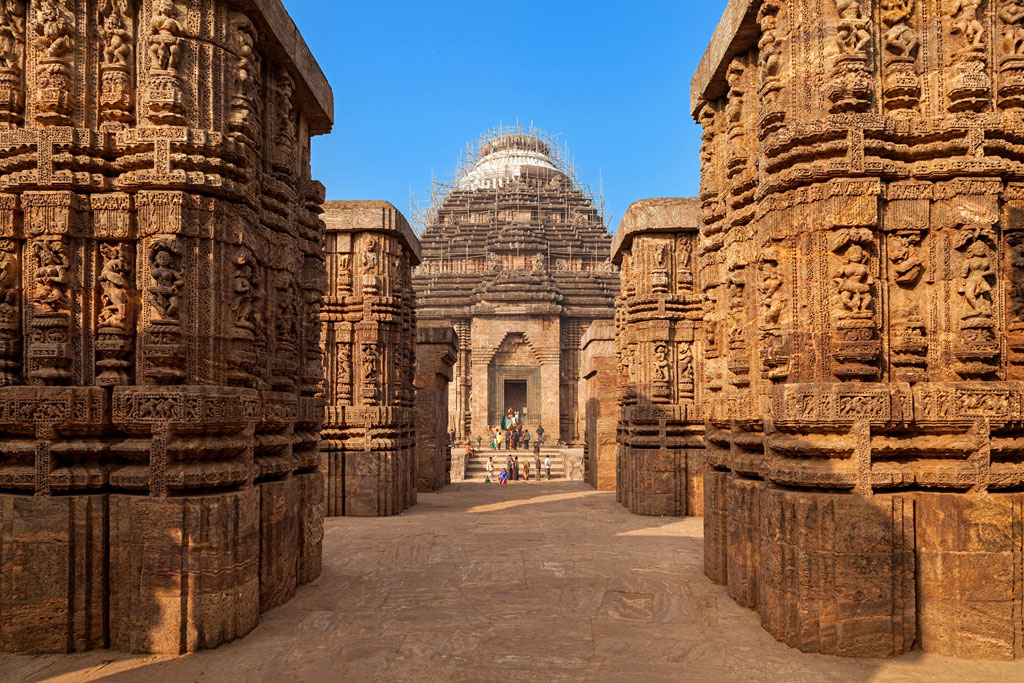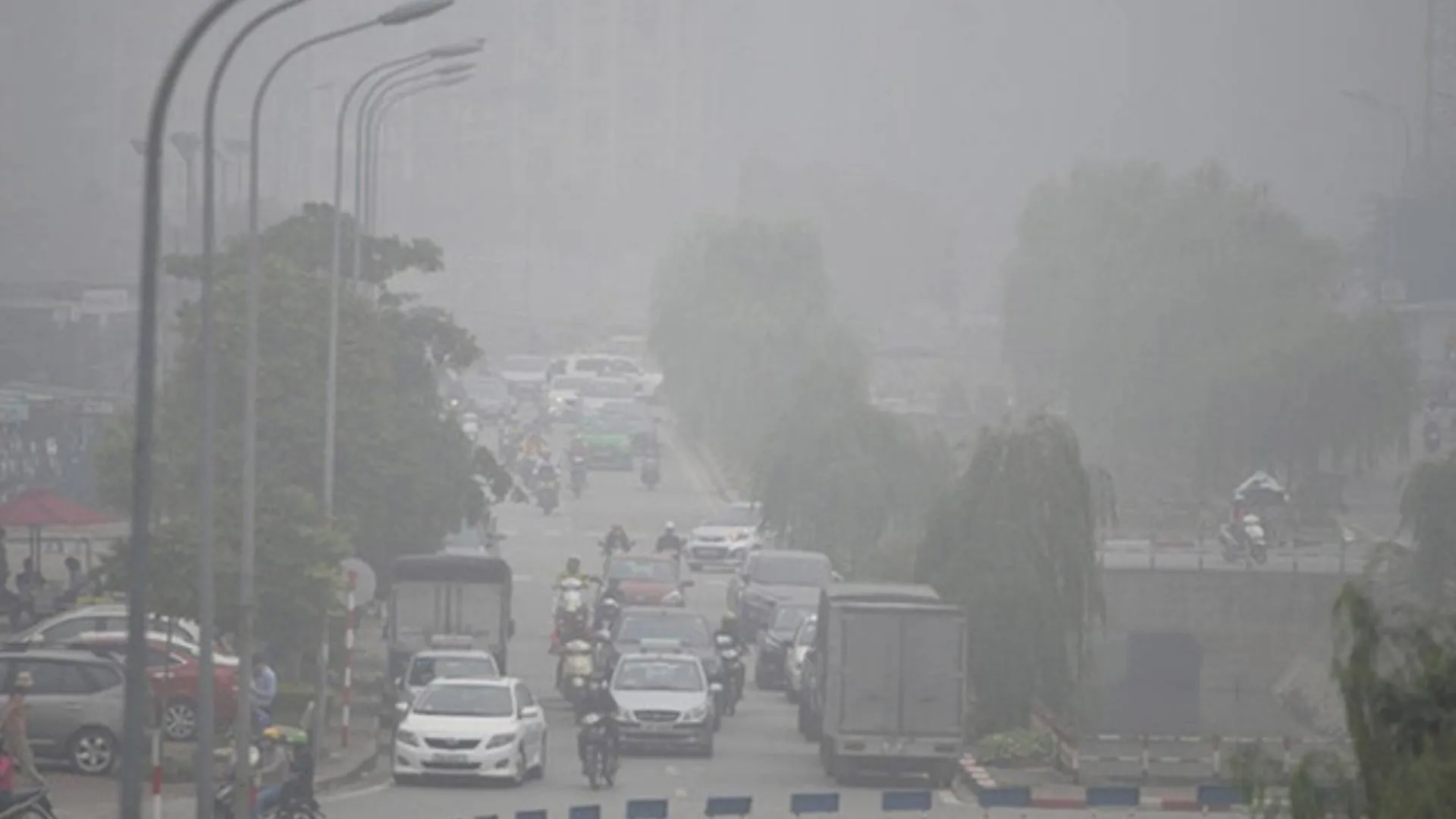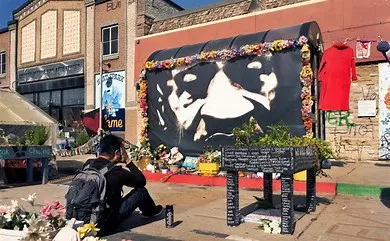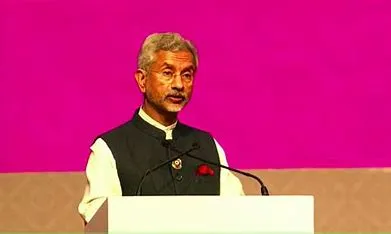Four entrances to the 13th-century Konark Sun Temple’s assembly hall (Jagamohan) were sealed and filled with sand by the British between 1900 and 1903. The sand caused internal cracks in the structure over time, prompting the Centre to order its removal from the world heritage monument in February 2020.
According to Archaeological Survey of India (ASI) officials, when the top was filled 100 years ago, Britishers assumed the sand would take the entire load. “But the sand has settled down and the whole purpose of it has been defeated. The sand was causing a lot of unwanted stress to the walls. Unless the sand is taken away, it would keep pushing the walls,” said an ASI official anonymously.
The ASI began the sand removal process on Tuesday. Arun Mallick, ASI superintendent (Bhubaneswar circle), stated that they performed bhumi pujan on Thursday before beginning the removal process, which could take up to three years. He added that they have done extensive documentation over the last two years and consulted experts on how to remove the sand, including professors at the Indian Institute of Technology Madras and Roorkee’s Central Building Research Institute. “We believe we have developed a secure system.”
Mallick stated that the sand will be removed through the four gates and the sanctum sanctorum will be stabilised for the devotees. “We can open the amalakh – fluted finial stone, dismantle the stones one at a time, and remove the sand,” Mallick explained.
He also stated that the tender for technical assistance was awarded to BDR Nirman Private Limited and that the sand removal work will be performed solely by ASI personnel. “The sand removal will begin with digging holes at the western door. We will then study the impact before proceeding.”
The temple was built 800 years ago by Ganga dynasty king Langula Narasingha Dev to worship the Sun God. The temple was built over 16 years by approximately 1,200 stone craftsmen and artists using chlorite and sandstone. The main temple and Natya mandap have since been demolished, leaving only the Jagamohan.
Gyana Ranjan Mohanty, director of BDR Nirmal Pvt Ltd, stated that the main challenge is to ensure that no debris or sand falls on the monument. “The difficulty is removing the sand from the structure without spilling any of it. We must construct a mechanical platform from which we will construct tunnels. The sand rises 14 feet.”
Mohanty said as they do not know what is the volume and condition of the sand, two to three processes may be adopted. “We have to give temporary support involving stainless steel fabricated beams inside once a void is created after the sand is taken out. Once the process is completed, people can pass through Jagamohan. We have to put a stainless steel structure on the top for stability,” said Mohanty.
Visitors will be able to enter the assembly hall once the process is completed, according to ASI officials. To support the structure and keep it from collapsing, a stainless steel structure will be erected.























